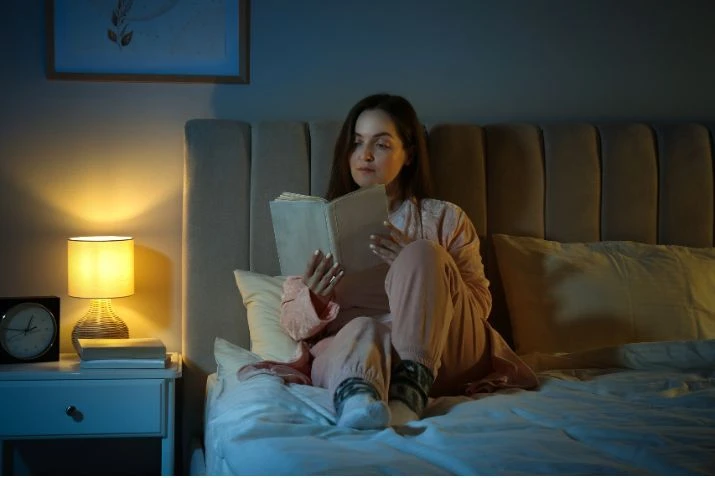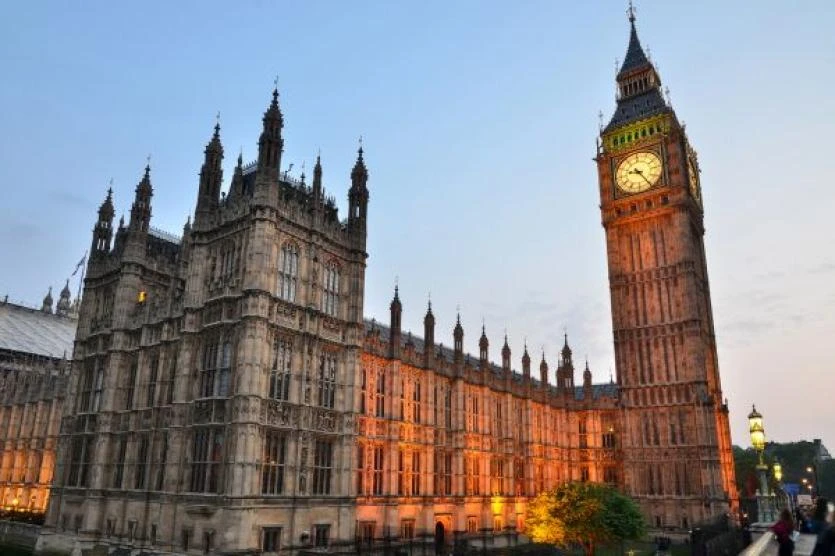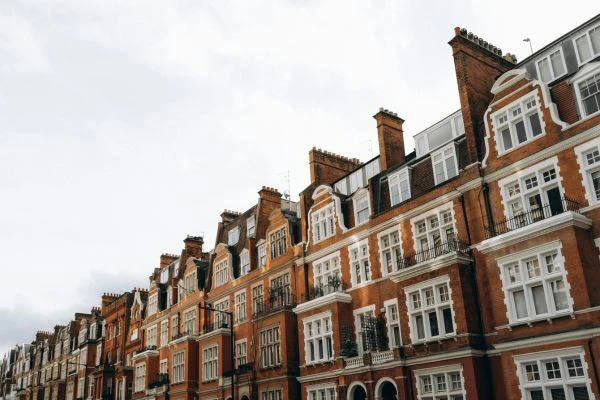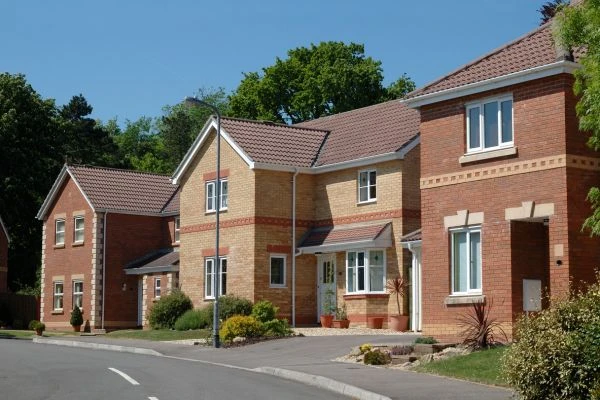According to Octopus Energy, the UK’s biggest supplier, electricity prices are likely to increase by 20% within the next five years. And a government research briefing this September suggested that there is “little immediate prospect of savings from fixed tariffs or substantial further cuts in the price cap” and therefore the only way to substantially reduce domestic energy bills is to focus on improving energy efficiency.
Although lighting doesn’t represent a huge energy cost compared to heating, most households can still save some money by making a few changes. And every bit of energy saved is a step in the right direction towards reducing the UK’s carbon emissions.
Here are our top seven tips:
1. Have LED light bulbs
Light Emitting Diode (LED) bulbs are now the norm, with all other types having almost been phased out. They emit the same light power as halogen bulbs but use around 80% less electricity. If you still have older halogen or incandescent bulbs in your home, replacing them with LEDs could save you around £45 and reduce carbon emissions by 35kg a year.
The Energy Saving Trust has good advice on how to choose the right bulb.
2. Dim your lighting
Lower brightness requires less wattage and therefore uses less electricity. As well as saving on energy, it should also extend the lifespan of the light bulb.
3. Use lamps rather than big overhead lights
Bright ‘main’ lights usually have a much higher wattage than lamps, therefore consume more energy. So, unless you really need to illuminate the whole room, think about using lamps to light just the area you need.
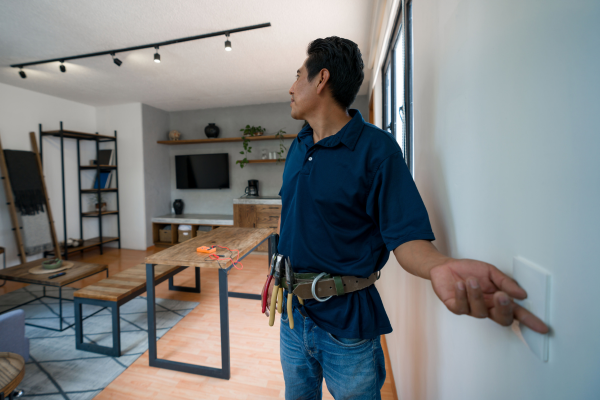
4. Install smart lighting
Smart lighting systems can save both energy and money, especially ones that sense when rooms are empty and automatically turn off the lights.
There are systems you can connect to WiFi that allows you to control the lighting remotely, and you can set different levels of lighting for each room according to the time of day. And many smart bulbs can now be controlled through Alexa and Google home voice devices, so you don’t even have to get up to dim them or turn them off!
5. Have some motion-sensor lights – inside and out
These are really useful, saving on mains lighting and making it much safer to move around at night, particularly for children and guests who might not be familiar with the layout of your home.
You can buy low-cost, USB-rechargeable ones that you can attach to the wall at a low level to light corridors and entrance ways, and they’re also great for softly illuminating bathrooms and providing light in cupboards. If you’re renting and either aren’t allowed to fix things to the wall or would rather not, you can simply leave these little units on the floor.
It’s also worth having external lights with motion sensors, rather than traditional fittings that many people end up leaving on all night. That way, the exterior of the property and doorway will always light up when you need to go in and out at night, and the sudden illumination should help deter any potential intruders as they approach.
6. Use timers
Having lamps on timers can be especially efficient in winter, when many of us are getting up for work and arriving home in the dark. You can set them to come on for a few hours in the morning and evening – e.g. on the landing and in the hallway – so that you can see your way round without having to switch on main lights, and you don’t have to worry about forgetting to turn them off.
7. Have solar powered external lights
If you like having the outside of your house and garden lit up at night, there’s now an enormous range of different solar powered lighting options that don’t cost you anything to run. They should even continue to work through the winter, despite the limited daylight hours.
For more ideas on how to have a more energy efficient home, visit the Energy Saving Trust website.

